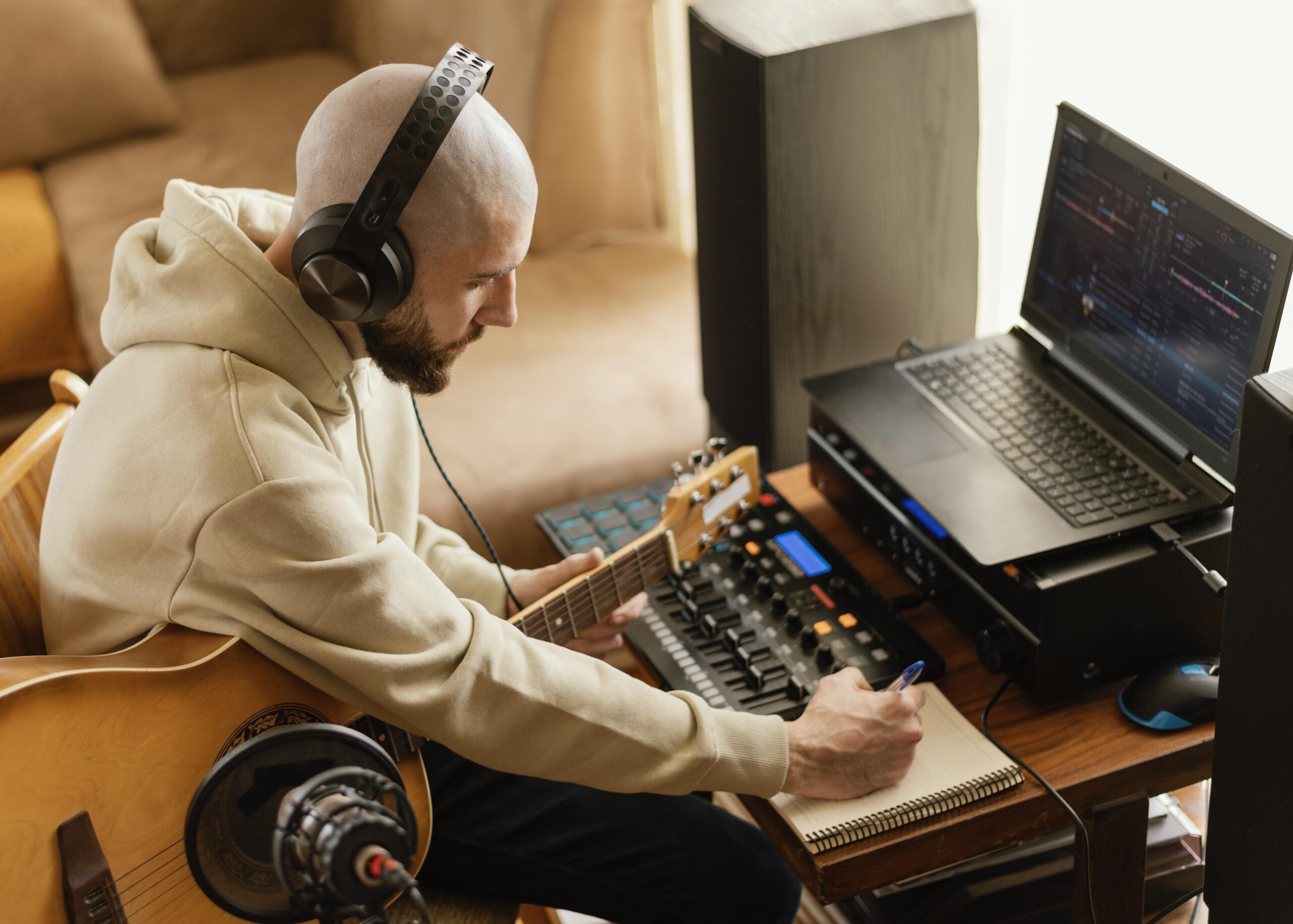Voice-over production is a vital aspect of various industries, including entertainment, education, marketing, and content creation. Traditionally, producing a high-quality voice-over required professional voice actors, recording studios, and significant investments of time and money. However, with advancements in artificial intelligence (AI), this landscape has changed dramatically. AI-powered solutions now offer efficient, cost-effective, and versatile methods for generating voice-overs, enabling creators to bring their projects to life with ease.
This article explores how AI simplifies voice-over production, its applications, benefits, and potential challenges, while shedding light on some of the groundbreaking tools revolutionizing the field.
The Role of AI in Voice-Over Production
Artificial intelligence has made voice-over production more accessible by enabling creators to generate realistic, studio-quality audio without requiring human voice actors. AI models trained on vast datasets of speech can mimic natural intonations, emotions, and accents, offering a wide variety of voices to suit diverse projects.
One key innovation in this space is the AI voice over generator, a tool that allows users to convert written scripts into lifelike audio. By inputting a script, creators can select a desired voice style, language, and tone to match the project’s needs. This technology significantly reduces the time and effort required to produce professional-grade voice-overs.
How AI Transforms the Voice-Over Process
1. Script Analysis and Adaptation
AI begins the process by analyzing the script to understand the context, tone, and pacing. Advanced algorithms identify keywords, punctuation, and emotional cues to ensure that the generated voice-over aligns seamlessly with the script’s intent.
2. Voice Synthesis
AI employs text-to-speech (TTS) technology to synthesize audio. Modern TTS models use neural networks to replicate human speech patterns with stunning accuracy, making it difficult to distinguish AI-generated voices from human ones.
3. Customization and Localization
AI tools offer unparalleled customization. Users can adjust speed, pitch, and emphasis, or even choose from an extensive library of voices in various languages and accents. This is particularly useful for creating content tailored to global audiences.
4. Integration with Other Tools
Many AI-based voice-over platforms integrate with video editing and animation tools, enabling creators to synchronize audio with visuals effortlessly. This streamlines workflows, especially for projects like explainer videos, e-learning modules, and advertisements.
Benefits of Using AI in Voice-Over Production
The rise of AI in voice-over production offers several advantages:
1. Cost-Effectiveness
Hiring professional voice actors and booking studio time can be expensive. AI-driven solutions eliminate these costs, making voice-over production accessible to small businesses and independent creators.
2. Speed and Efficiency
AI can generate voice-overs in minutes, allowing for rapid iteration and faster project turnaround times.
3. Consistency and Scalability
AI ensures consistency across multiple takes, which is invaluable for projects requiring uniformity, such as series or branded content.
4. Versatility
With a wide range of voices and languages, AI can cater to diverse content types, from documentaries and video games to commercials and audiobooks.
5. Accessibility
AI-powered voice-over tools empower individuals with limited technical skills to create professional audio, democratizing content creation.
Practical Applications of AI in Voice-Over
AI has found a home in numerous fields, transforming how voice-overs are produced and consumed:
- E-Learning and Training: AI-generated voice-overs provide clear, engaging narration for online courses, corporate training materials, and tutorials.
- Advertising: Brands use AI voices for promotional videos, ensuring a consistent and appealing tone.
- Gaming: AI-generated voices bring characters to life, enhancing the immersive experience of video games.
- Entertainment: Documentaries, podcasts, and animations benefit from high-quality AI narrations.
AI tools also play a crucial role in accessibility, enabling the creation of audio descriptions for visually impaired audiences.
Exploring Popular AI Tools
The rise of AI has brought forth an array of tools designed to simplify voice-over production. These tools cater to various needs, from quick script-to-speech conversion to advanced customization features.
For instance, some AI tools integrate advanced natural language processing to adapt vocal tones dynamically based on contextual cues. These capabilities help ensure the voice-over feels natural and emotionally resonant. Such tools are essential for creators looking to add a human-like touch to their content without relying on professional voice actors.
Additionally, AI tools often come with intuitive user interfaces, making them accessible even to beginners. They allow creators to focus on storytelling and message delivery rather than technical intricacies.
Ethical Considerations and Challenges
While AI has revolutionized voice-over production, it also raises ethical and technical challenges:
1. Authenticity and Misuse
AI voices can mimic real individuals, leading to potential misuse in creating deepfakes or unauthorized audio content. Safeguards, such as ethical guidelines and watermarking, are essential to prevent misuse.
2. Impact on Voice Actors
The growing adoption of AI in voice-over raises concerns about the displacement of professional voice actors. However, many experts believe that AI will complement rather than replace human talent, offering additional tools for creativity.
3. Quality Control
Although AI-generated voices have advanced significantly, they may still lack the nuanced emotional depth and adaptability of human voice actors in certain contexts.
4. Accessibility to Technology
High-end AI tools may still need to be within reach for some creators due to cost or technical barriers, highlighting the need for affordable and user-friendly solutions.
The Future of AI in Voice-Over Production
The future of AI-driven voice-over production looks promising, with continued advancements in technology paving the way for even more realistic and versatile solutions.
1. Improved Emotional Intelligence
Future AI models may better understand and replicate complex emotions, enabling more nuanced voice-overs.
2. Integration with AR/VR
As augmented and virtual reality grow, AI voice-overs will play a crucial role in creating immersive experiences.
3. Real-Time Synthesis
AI systems may eventually generate voice-overs in real time, revolutionizing live broadcasting and interactive content.
4. Wider Accessibility
Efforts to make AI tools more affordable and accessible will empower a broader range of creators.
Conclusion
From script to sound, AI has transformed voice-over production, offering creators an efficient, versatile, and cost-effective alternative to traditional methods. While ethical considerations and technical challenges remain, the benefits of AI-powered voice-over tools are undeniable. As this technology continues to evolve, it will unlock new possibilities for storytelling, marketing, education, and beyond. For anyone looking to streamline their voice-over production process, embracing AI is a step toward the future of creative innovation.




